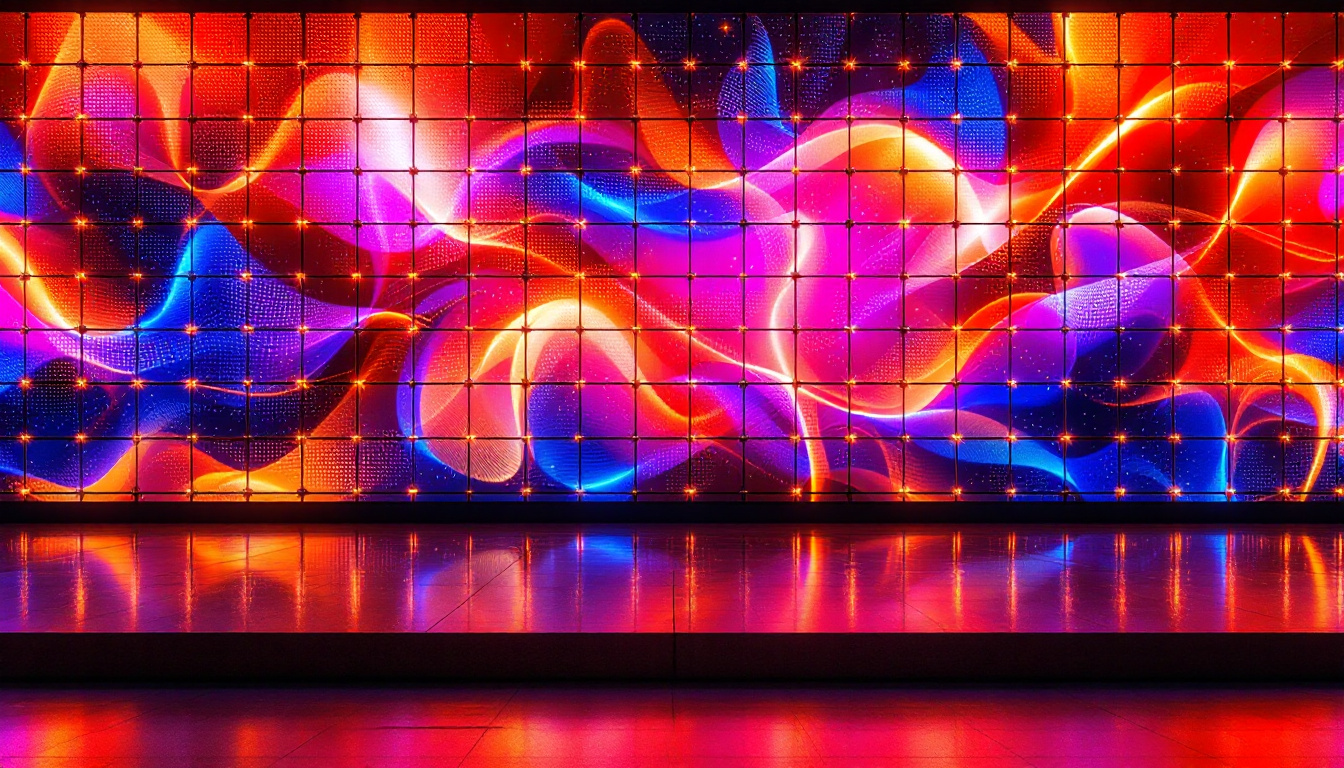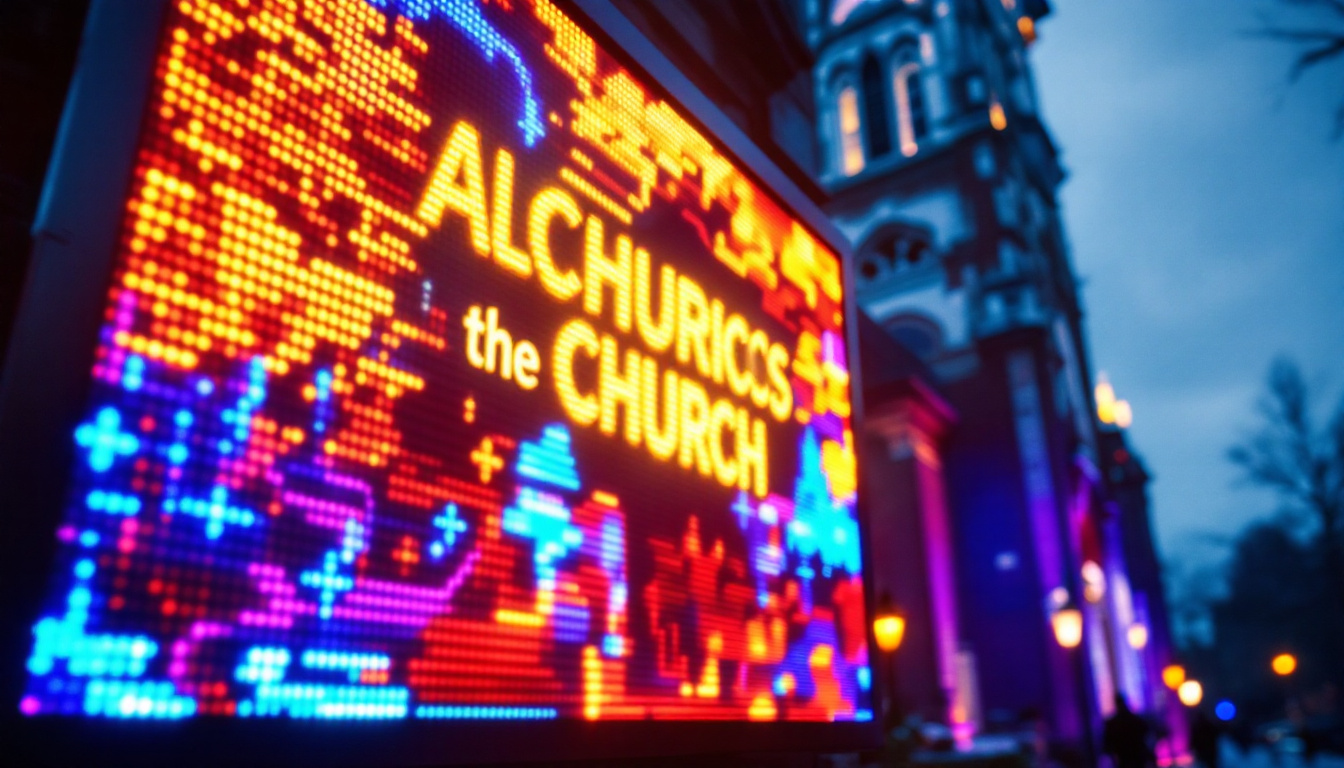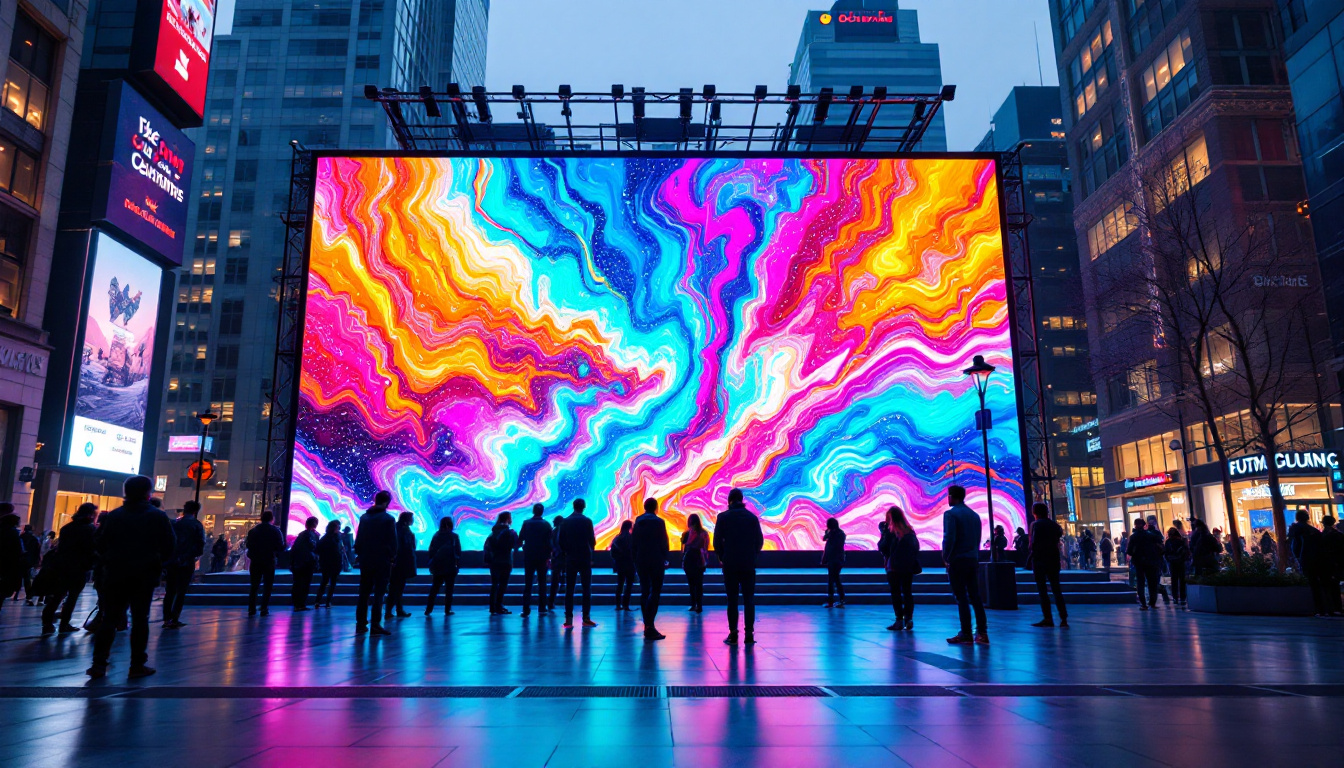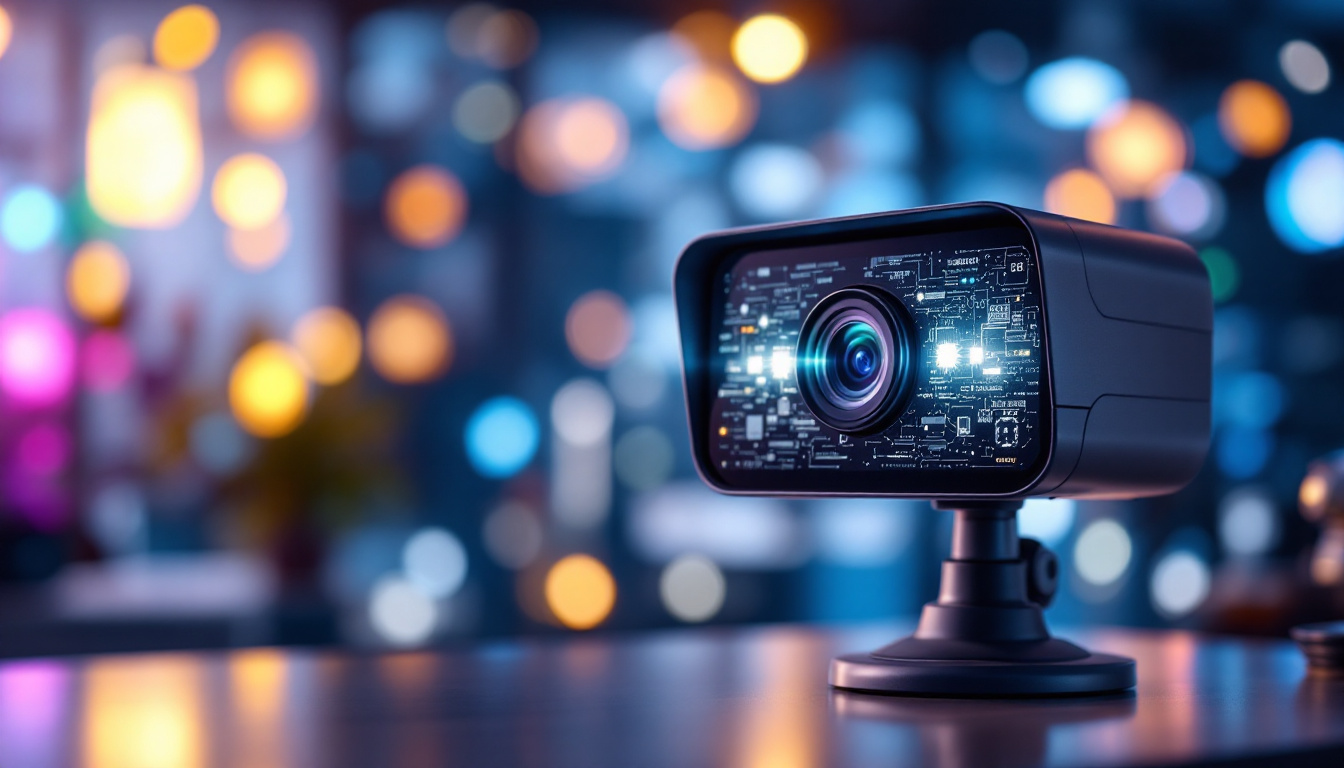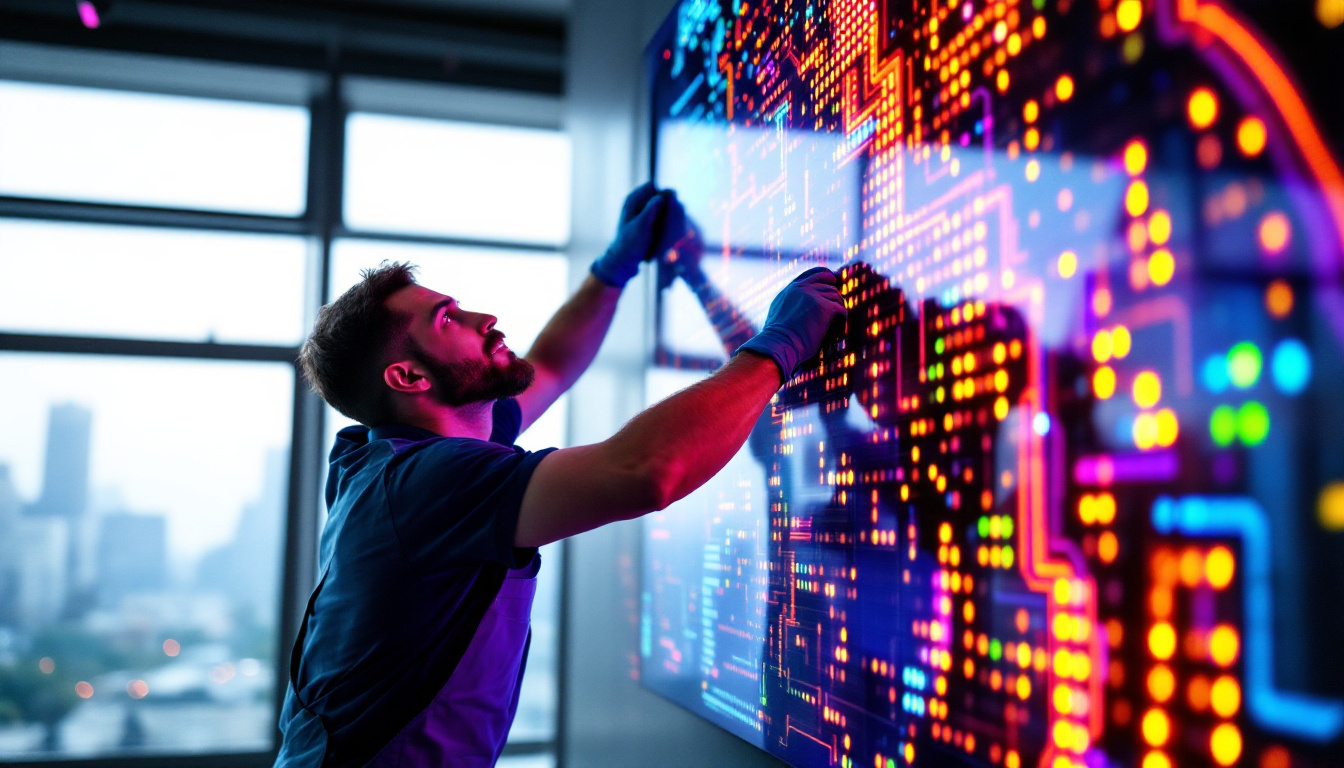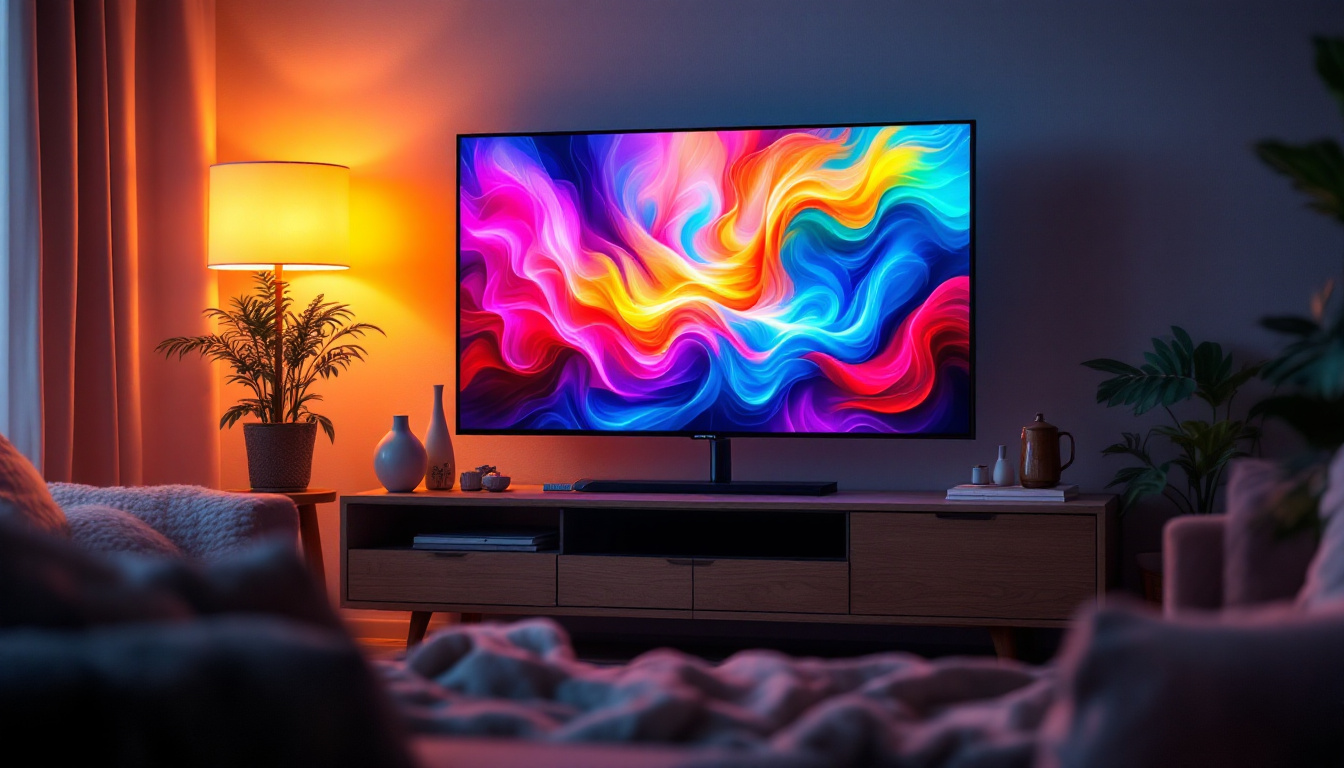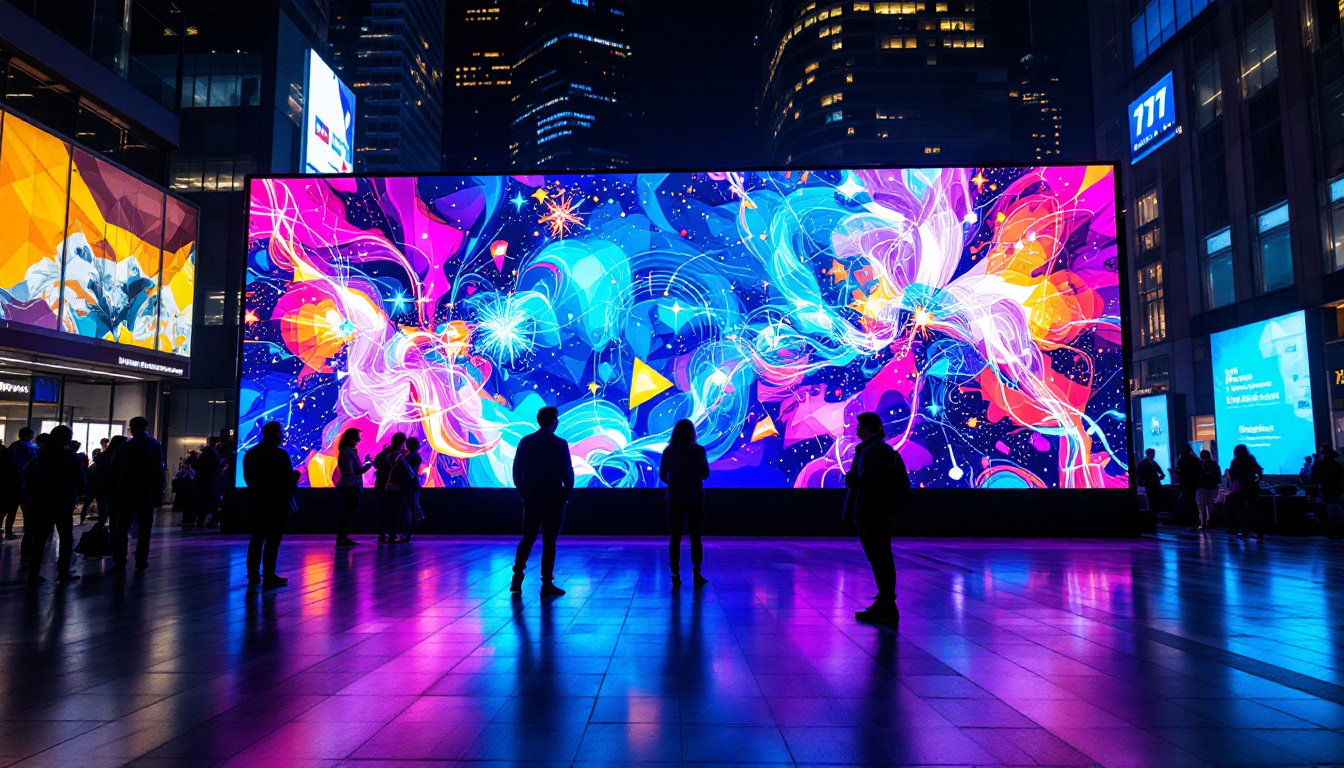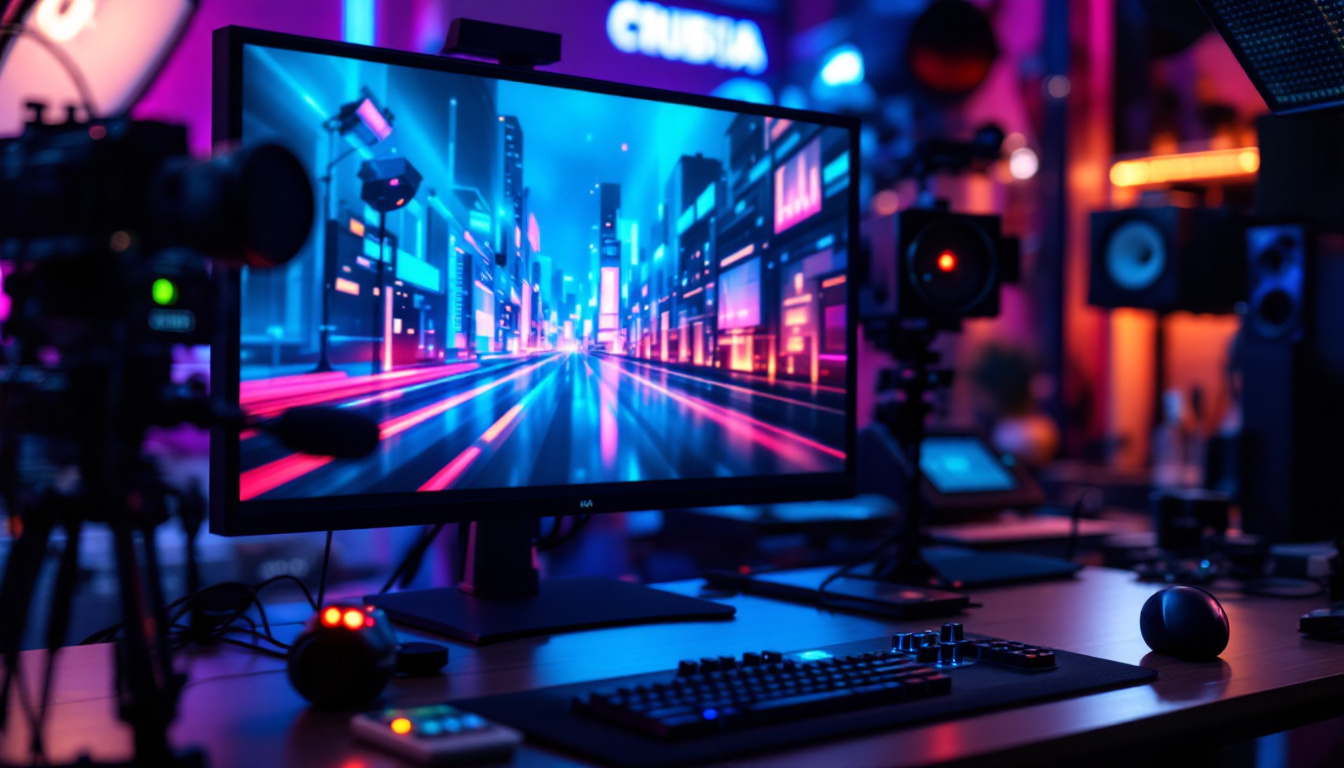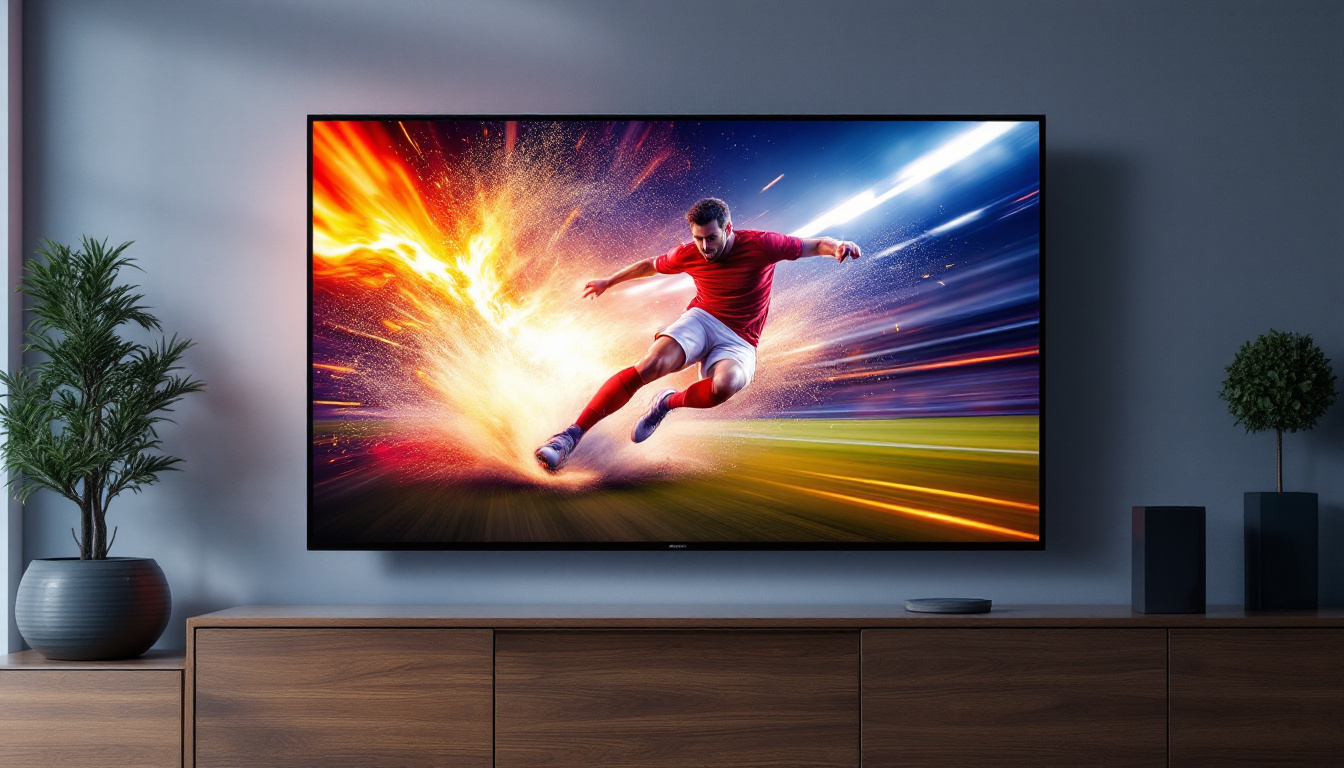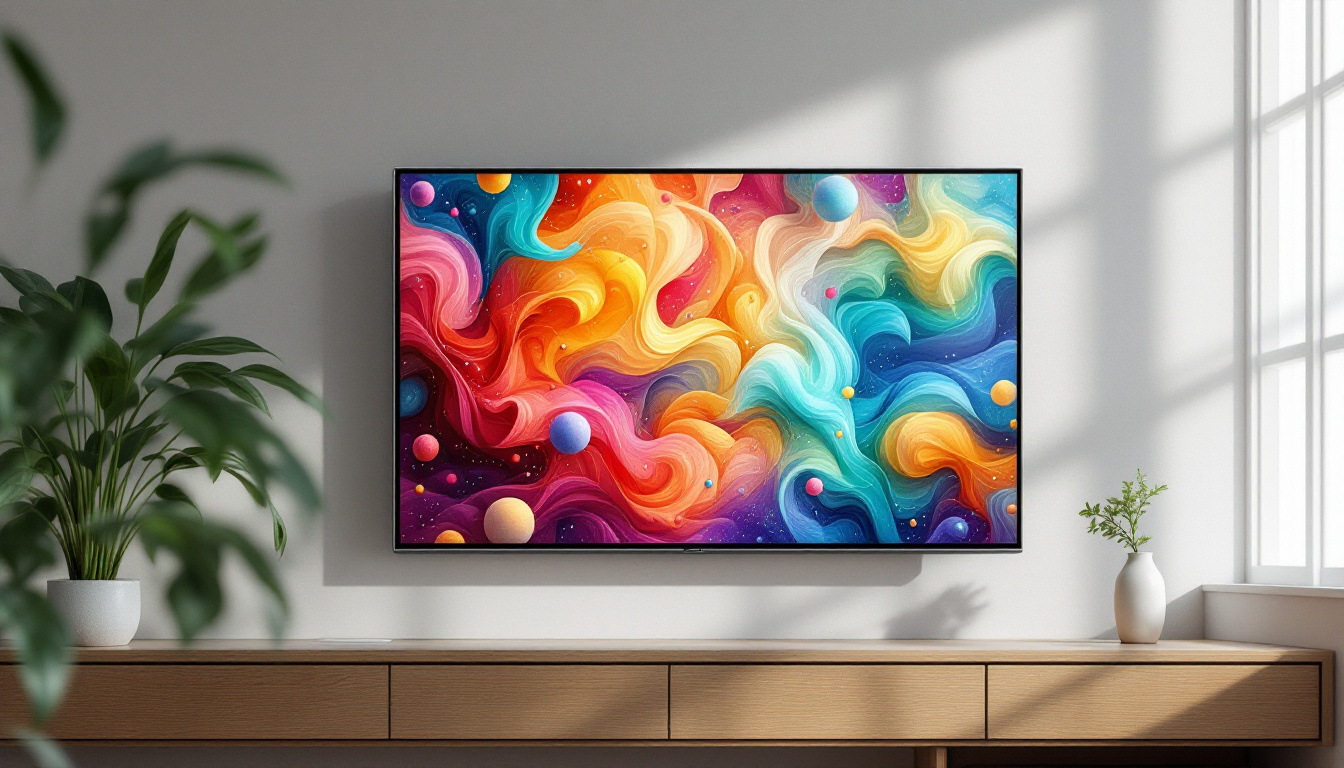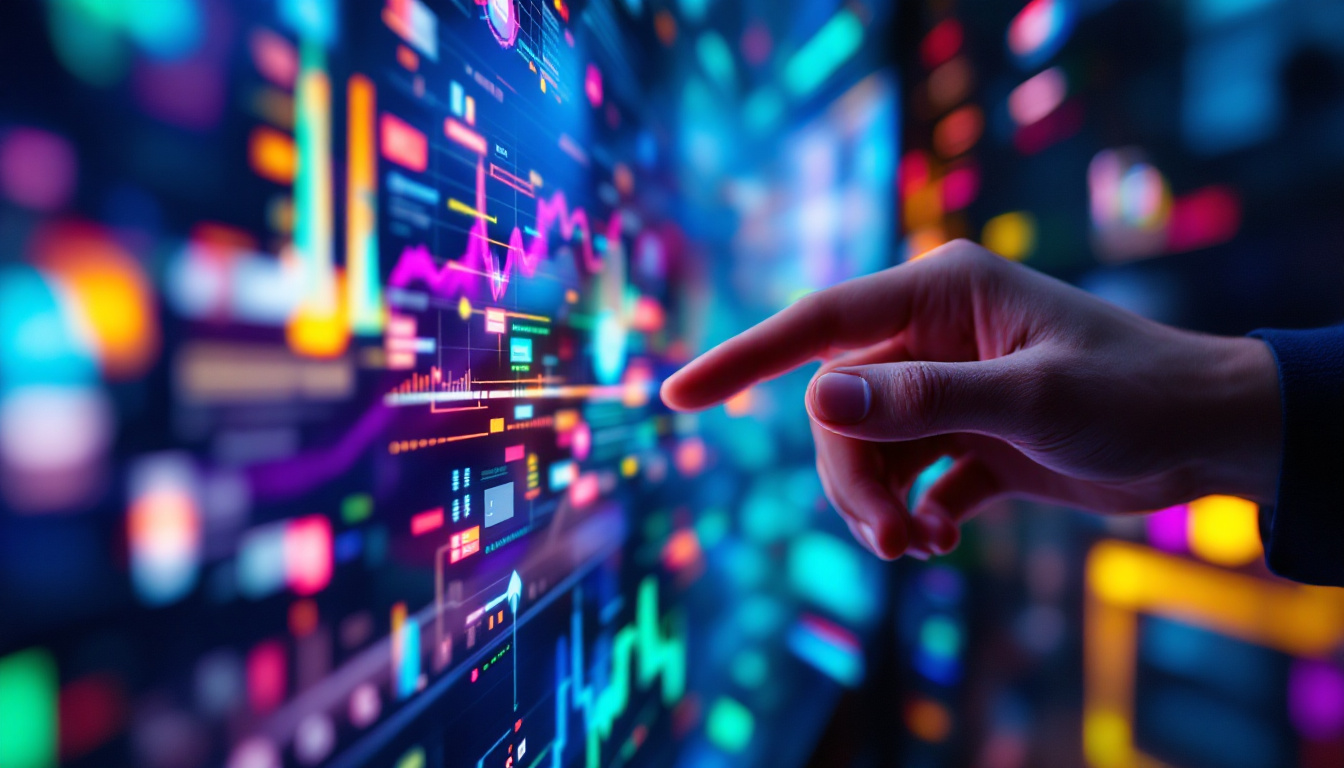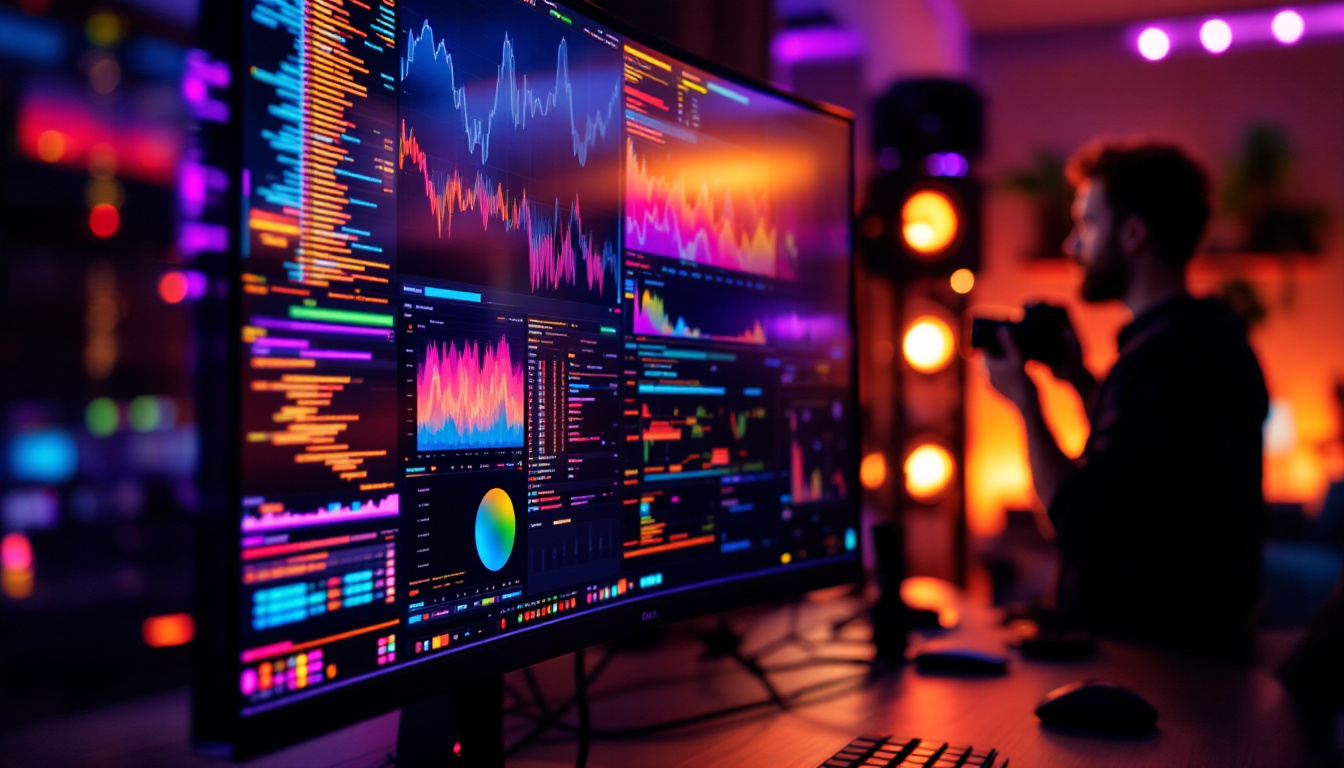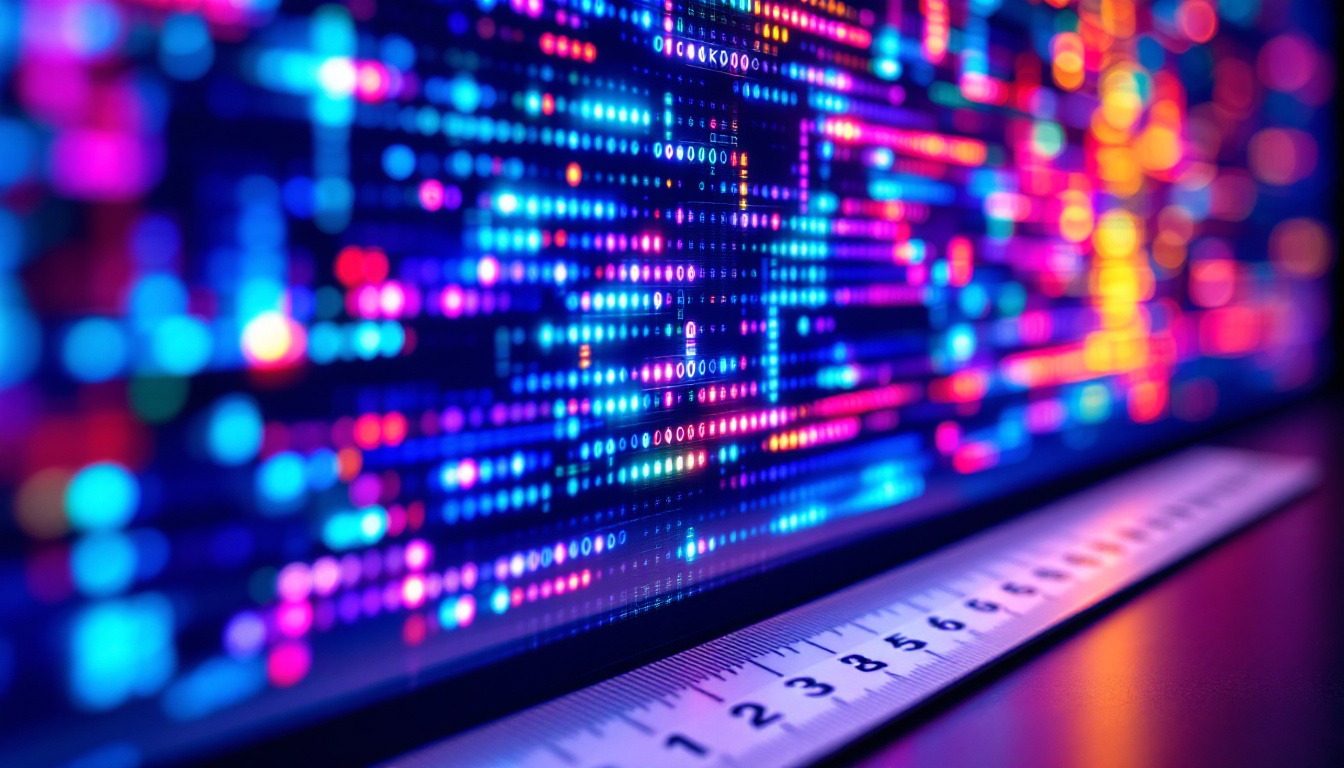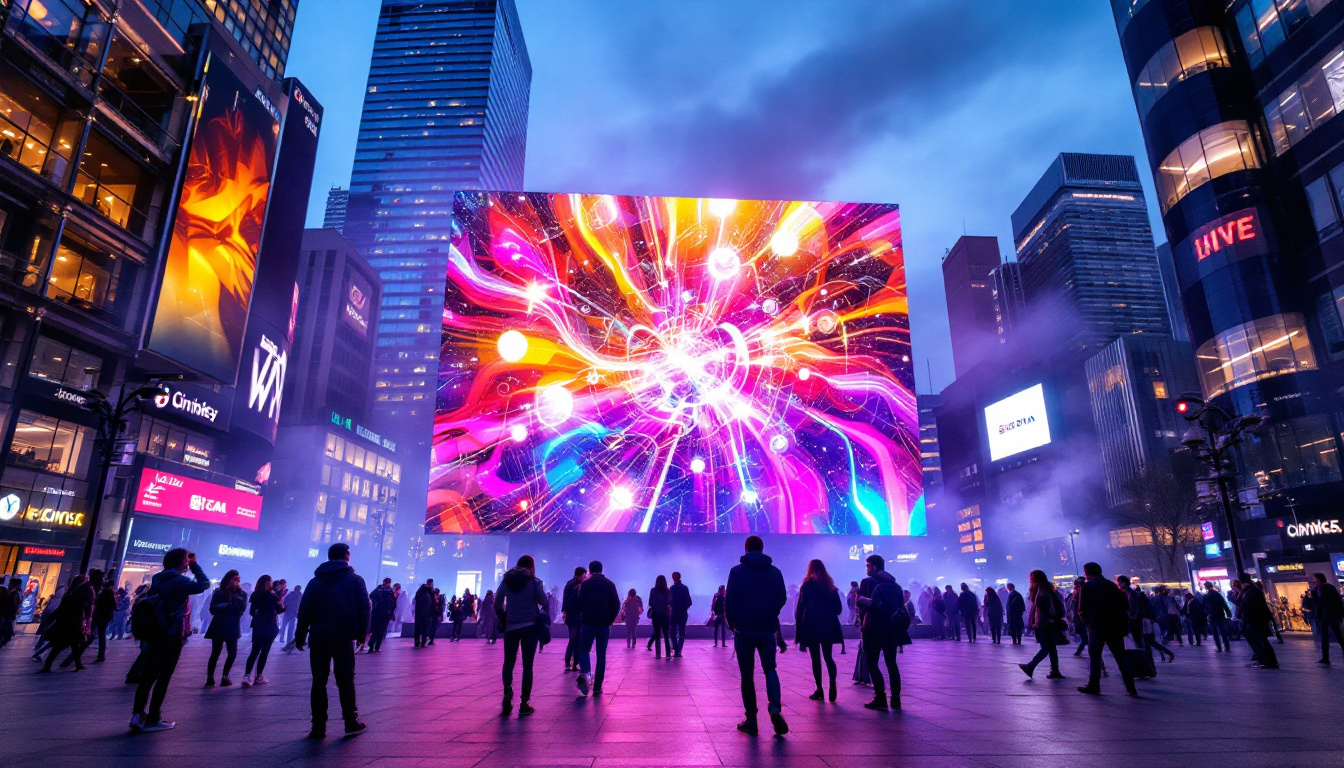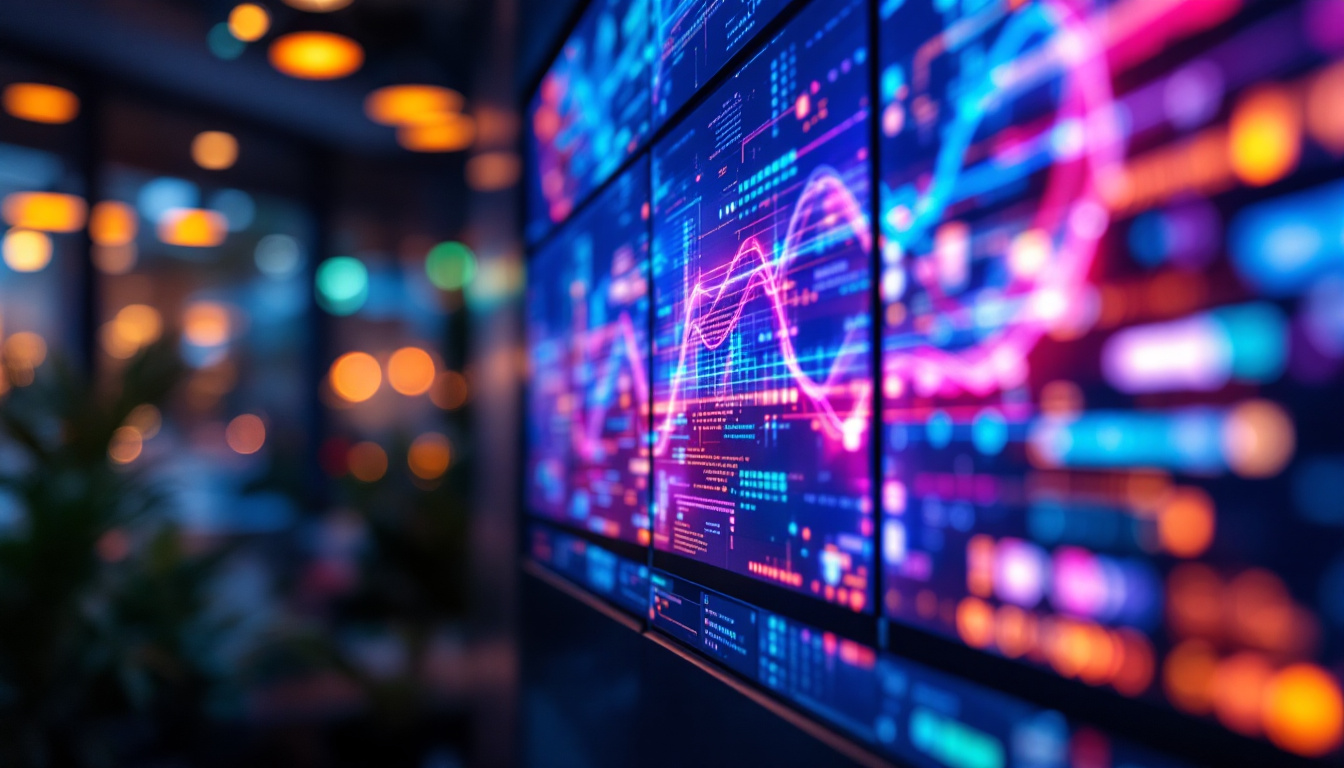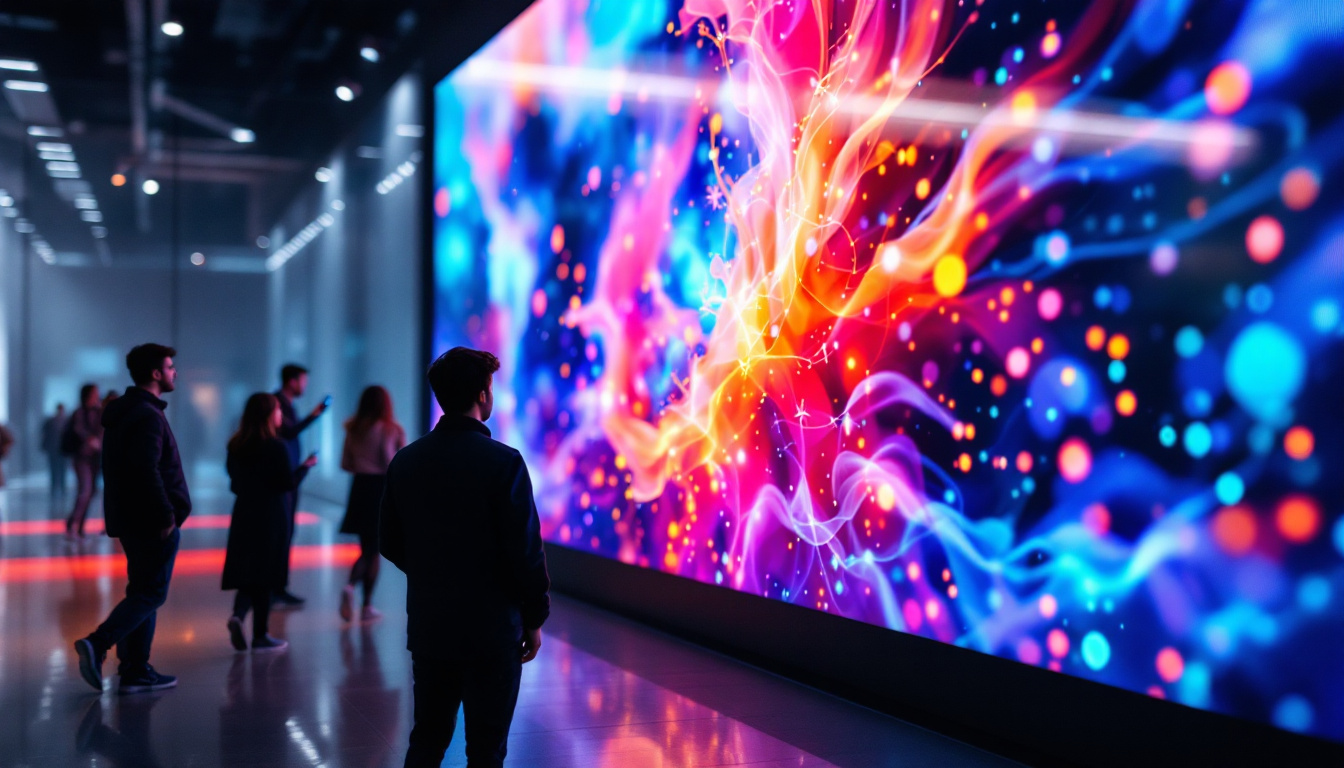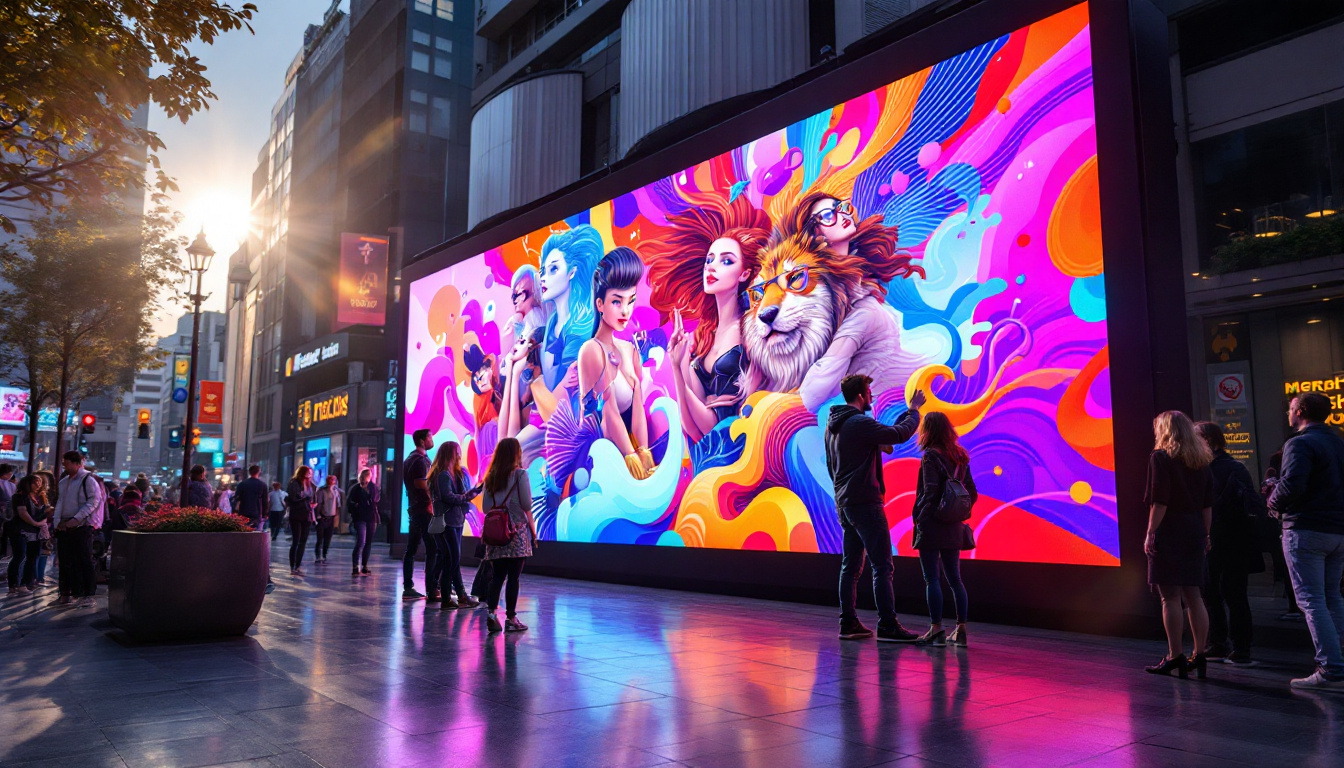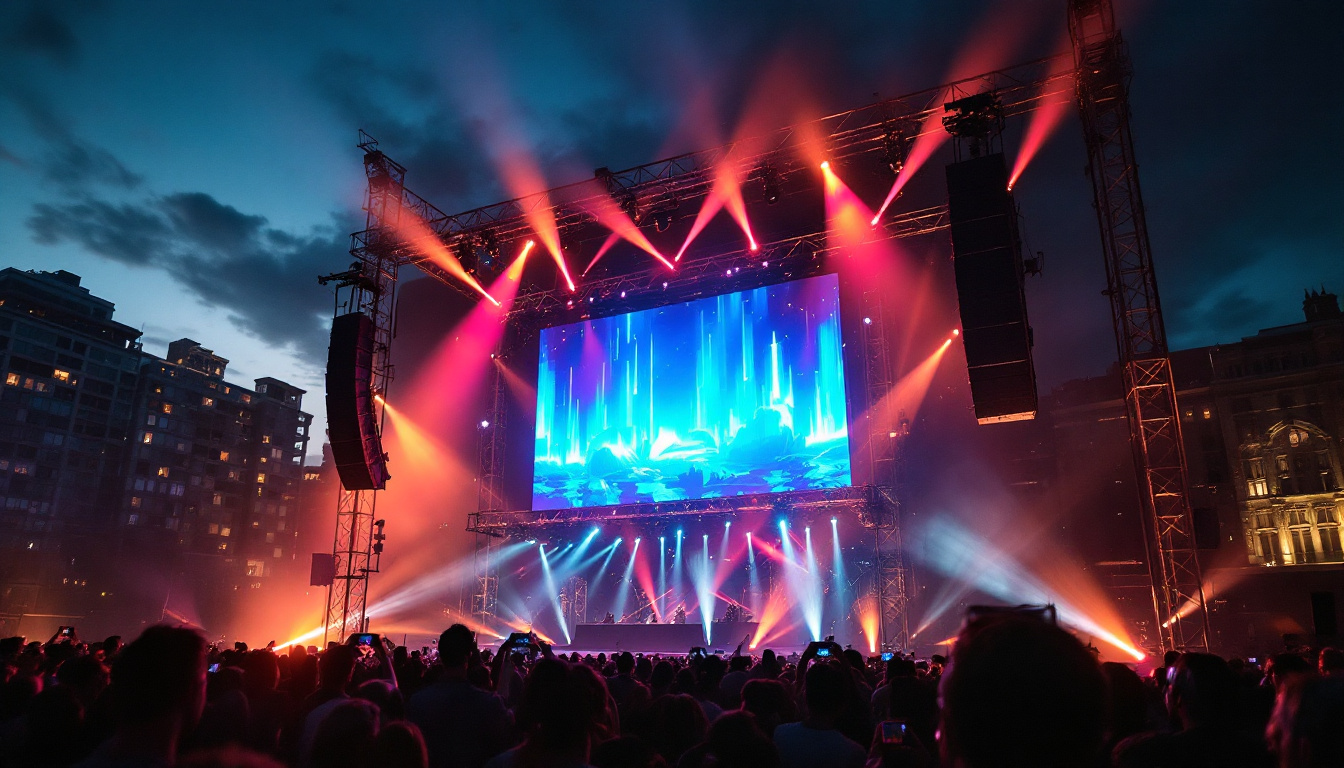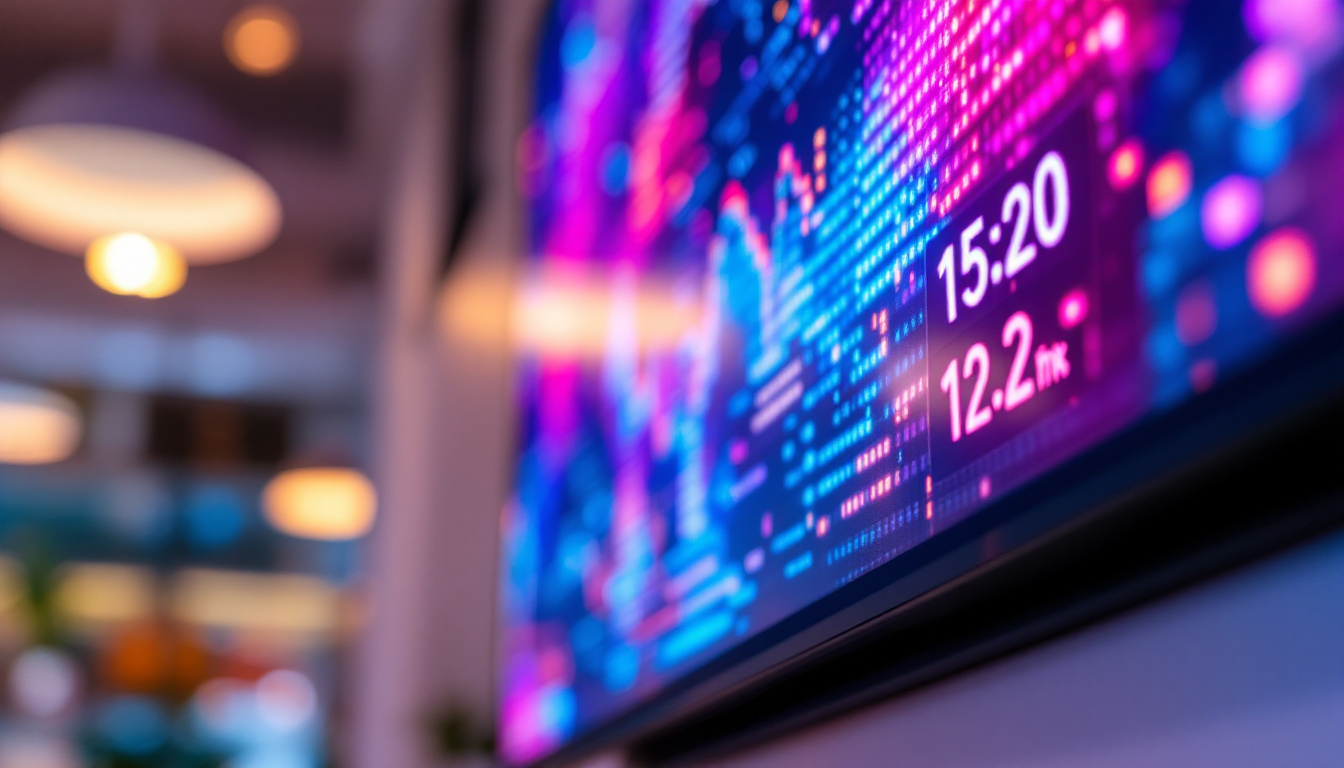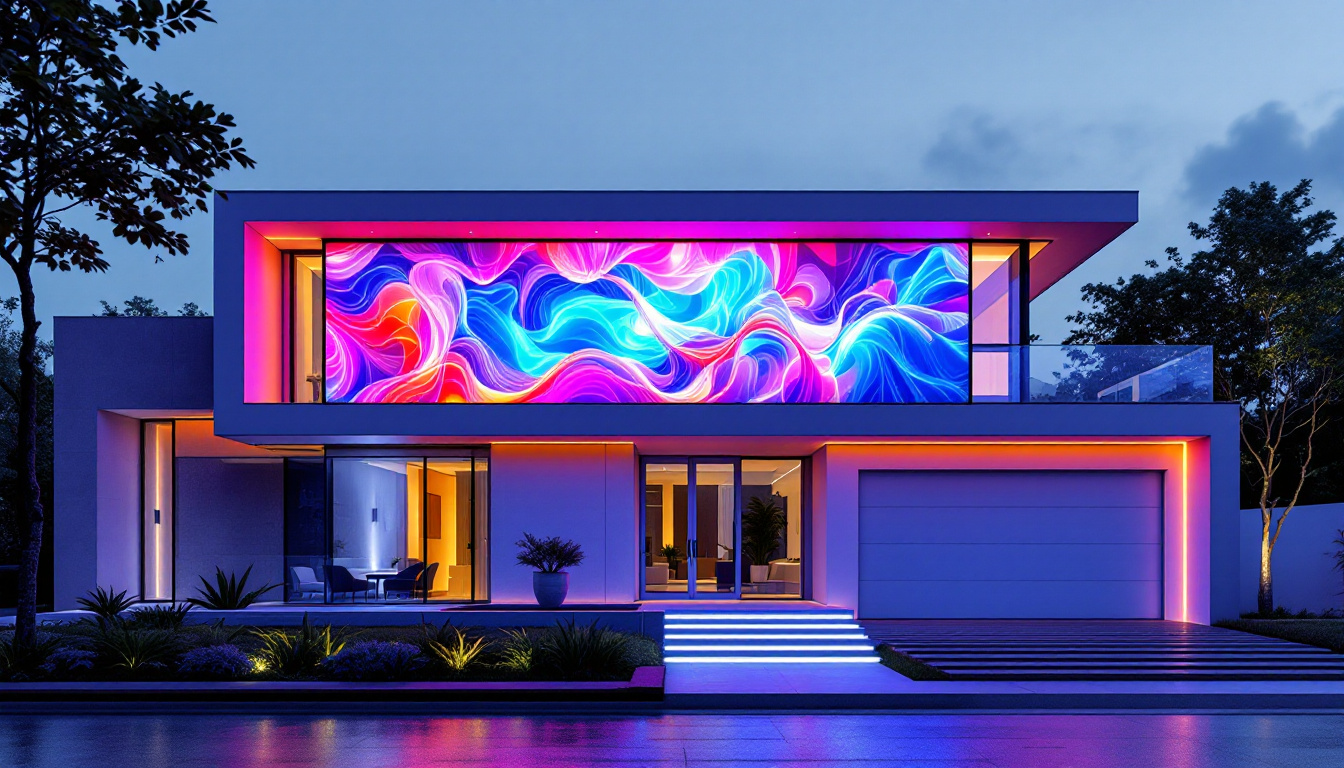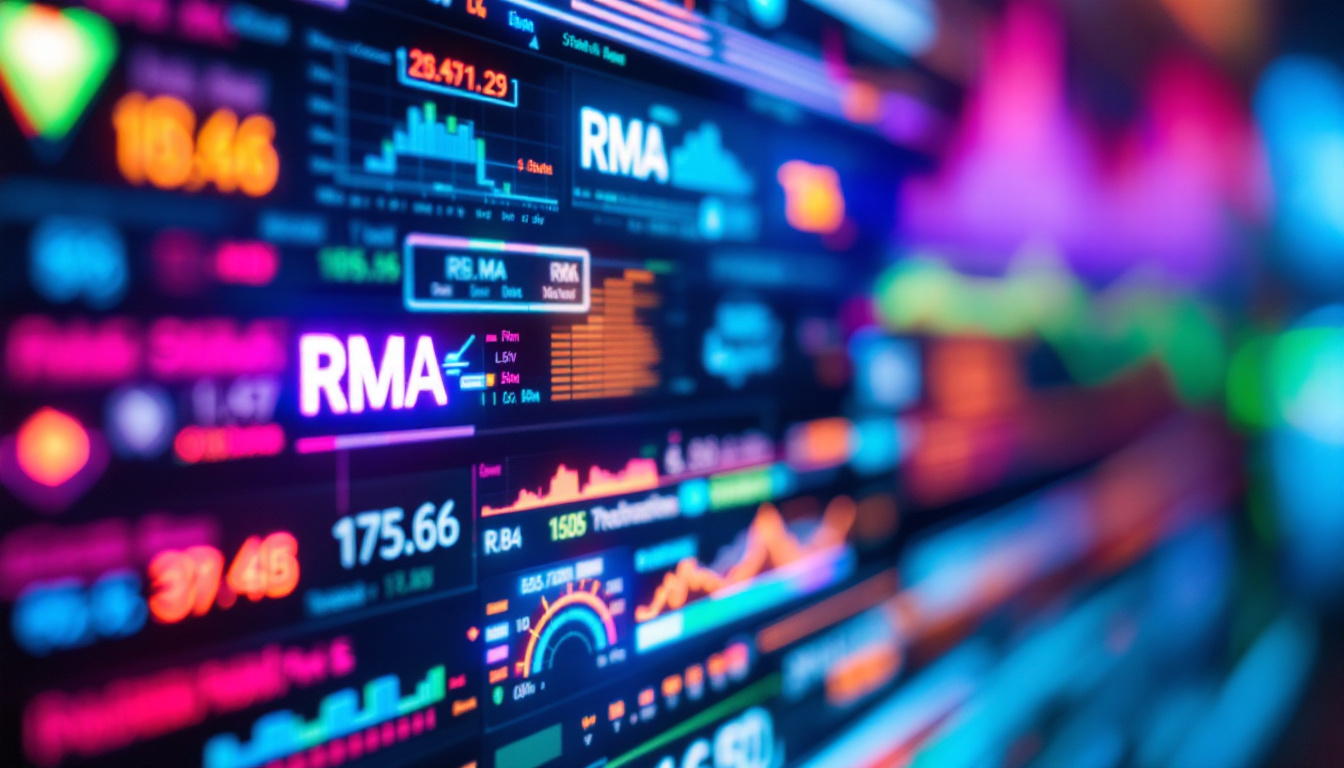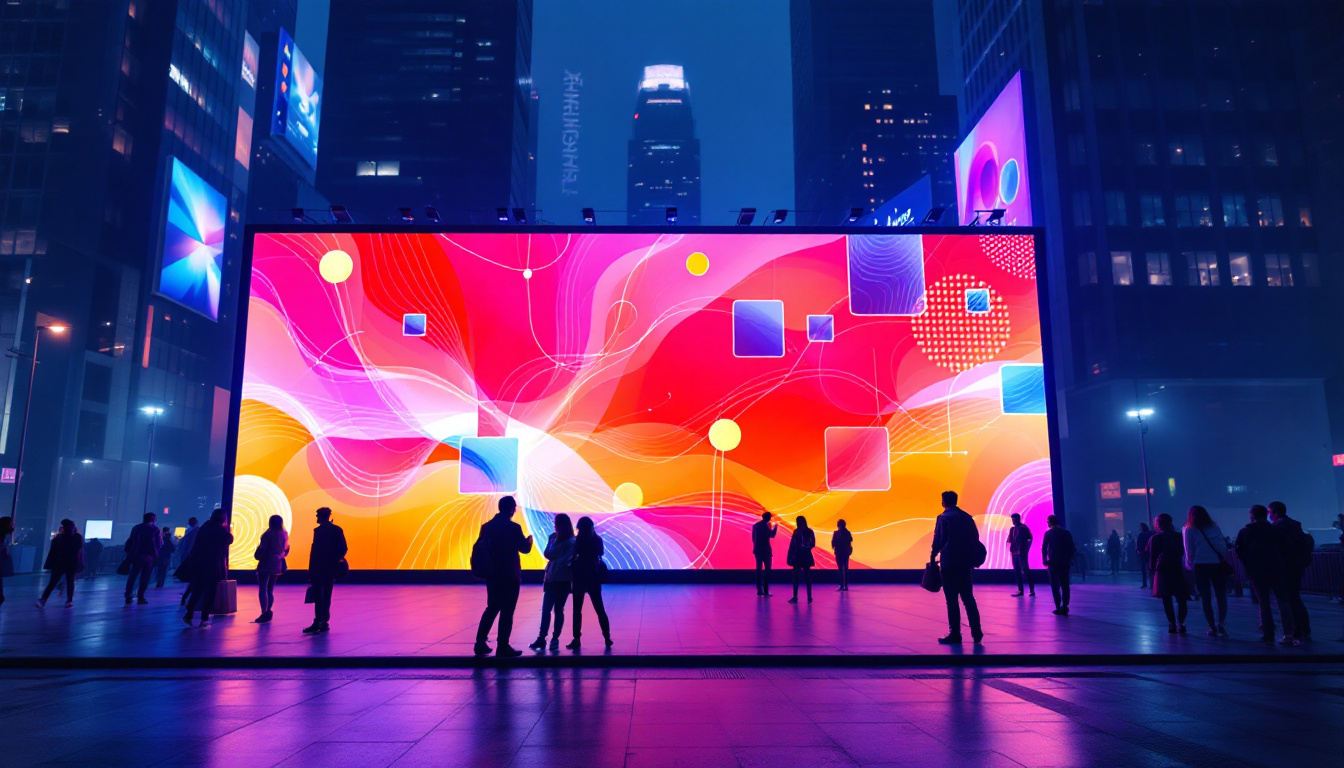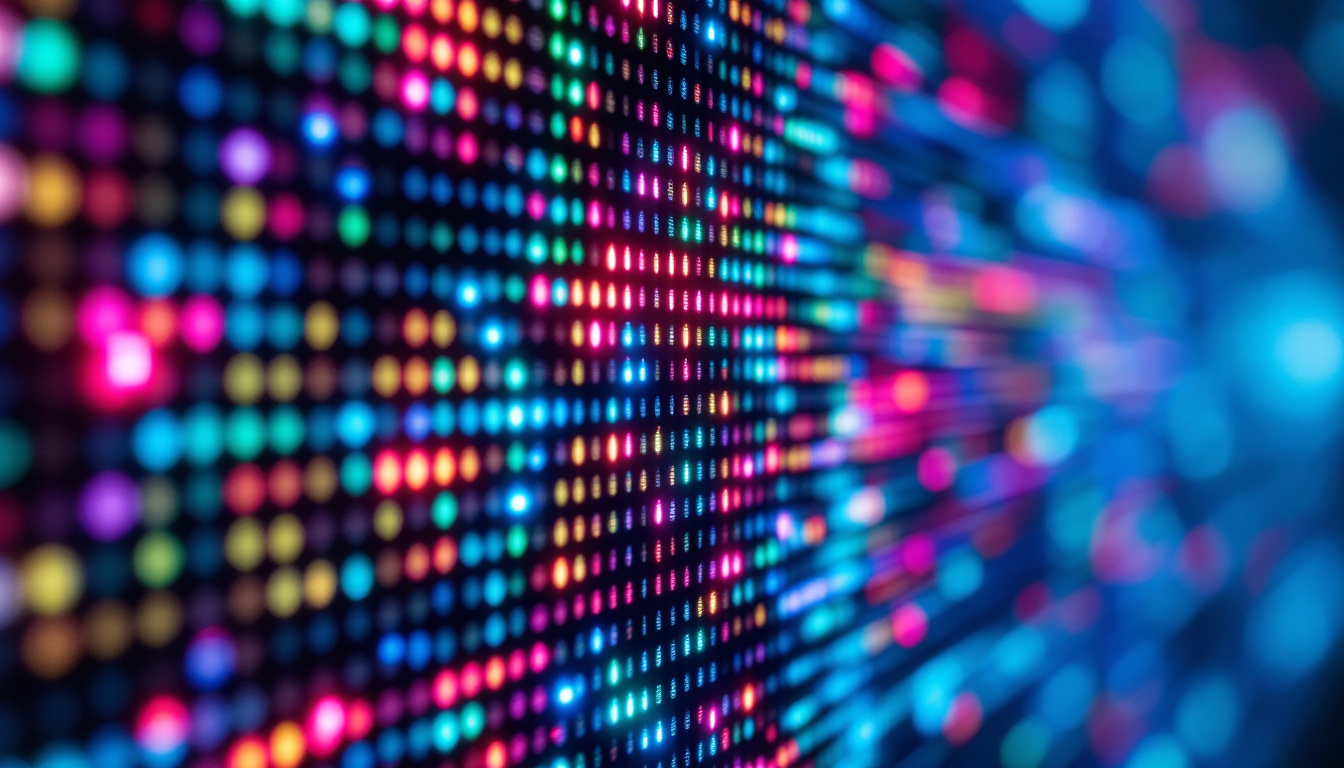In the digital age, visual communication has become a cornerstone for businesses, events, and public spaces. Among the various technologies available, LED displays have emerged as a powerful tool for conveying information and captivating audiences. This article delves into the world of block wall images and how LED displays function, their benefits, and their applications across different sectors.
Understanding LED Displays
LED displays, or Light Emitting Diode displays, are a type of flat panel display that uses LEDs as pixels for video and image representation. These displays are known for their brightness, energy efficiency, and versatility. Unlike traditional LCD screens, LED displays can be scaled to various sizes and configurations, making them ideal for both indoor and outdoor use.
How LED Displays Work
The fundamental principle behind LED displays lies in the emission of light from diodes. Each pixel in an LED display consists of red, green, and blue (RGB) diodes. By varying the intensity of each color, a wide spectrum of colors can be produced, allowing for vibrant images and videos. The arrangement of these pixels can be customized to create large-scale displays, often referred to as video walls or block walls.
Block walls are constructed by linking multiple LED panels together, forming a larger display surface. This modular design enables flexibility in size and shape, accommodating various installation environments. The seamless integration of these panels is crucial for delivering a cohesive visual experience, especially in high-traffic areas. Additionally, advancements in technology have led to the development of smart LED displays that can be programmed to change content dynamically, responding to real-time data or user interactions, thus enhancing viewer engagement.
Types of LED Displays
LED displays can be categorized into several types based on their application and configuration. The most common types include:
- Indoor LED Displays: These displays are designed for use in controlled environments such as conference rooms, shopping malls, and theaters. They typically have a higher pixel density, providing sharper images at close viewing distances.
- Outdoor LED Displays: Built to withstand harsh weather conditions, outdoor LED displays are used for advertising billboards, sports arenas, and public events. They are brighter and have a lower pixel density, allowing visibility from greater distances.
- Transparent LED Displays: These innovative displays allow light to pass through while still displaying images. They are often used in retail environments to create eye-catching advertisements without obstructing visibility.
In addition to these common types, there are also specialized LED displays such as flexible LED screens that can bend and curve to fit unique architectural designs. These displays are increasingly popular in modern art installations and creative advertising, allowing for a more immersive viewer experience. Furthermore, advancements in microLED technology are paving the way for even smaller, more efficient displays that promise to revolutionize how we interact with digital content, making it possible to create displays with even higher resolutions and better color accuracy.
The Benefits of LED Displays
LED displays offer numerous advantages that make them a preferred choice for various applications. Their benefits extend beyond mere aesthetics, impacting functionality and efficiency.
Energy Efficiency
One of the standout features of LED displays is their energy efficiency. Compared to traditional display technologies, LED panels consume significantly less power, which translates to lower operational costs. This efficiency is particularly beneficial for large installations where energy consumption can quickly add up. Furthermore, many LED displays are designed with smart technology that allows for automatic brightness adjustment based on ambient light, further optimizing energy use and extending the lifespan of the display.
High Brightness and Visibility
LED displays are known for their exceptional brightness, making them visible even in direct sunlight. This feature is crucial for outdoor applications where visibility can be compromised by environmental factors. The ability to maintain clarity and vibrancy in various lighting conditions enhances the effectiveness of the displayed content. Additionally, the color accuracy and contrast ratios of LED displays are superior, allowing for more engaging visuals that can capture the attention of passersby and enhance viewer experience in commercial settings.
Longevity and Durability
LED technology is inherently durable, with a lifespan that can exceed 100,000 hours. This longevity reduces the need for frequent replacements, making LED displays a cost-effective investment over time. Additionally, they are resistant to shock and vibration, further enhancing their suitability for dynamic environments. This resilience makes them ideal for use in high-traffic areas, such as airports and stadiums, where durability is paramount. Moreover, many LED displays are designed to withstand harsh weather conditions, including rain and extreme temperatures, ensuring consistent performance regardless of the environment.
Versatility and Customization
Another significant advantage of LED displays is their versatility. They can be configured in various shapes and sizes, allowing for creative installations that can fit any space or design requirement. From large outdoor billboards to intricate indoor screens, the flexibility of LED technology enables businesses to tailor their displays to meet specific needs. Additionally, advancements in technology have made it possible to create curved and transparent LED displays, opening up new possibilities for innovative advertising and artistic installations. This level of customization not only enhances visual appeal but also allows brands to convey their messages in unique and memorable ways.
Applications of LED Displays
The versatility of LED displays allows for a wide range of applications across different sectors. From advertising to entertainment, the possibilities are virtually limitless.
Advertising and Marketing
In the realm of advertising, LED displays have revolutionized how brands communicate with consumers. Dynamic content, including videos and animations, can capture attention more effectively than static billboards. Businesses utilize LED displays to promote products, announce sales, and engage customers in real-time.
Moreover, the ability to change content remotely allows for timely updates and targeted advertising. For instance, a retail store can display different promotions throughout the day, maximizing customer engagement and driving sales.
Events and Entertainment
LED displays play a pivotal role in the events and entertainment industry. Concerts, festivals, and sporting events often feature large LED screens that enhance the audience experience. These displays provide clear visuals of performances, ensuring that even those seated at a distance can enjoy the show.
Furthermore, LED displays can be used to create immersive environments. By combining multiple screens, event organizers can craft stunning visual backdrops that complement the theme of the event, leaving a lasting impression on attendees.
Corporate Communication
In corporate settings, LED displays serve as effective communication tools. Companies use them for presentations, training sessions, and internal announcements. The ability to display high-quality visuals enhances information retention and engagement among employees.
Additionally, LED displays can be integrated into digital signage systems, allowing for real-time updates on company news, performance metrics, and other important information. This instant access to data fosters a more informed workforce.
Designing with LED Displays
When incorporating LED displays into a space, careful consideration of design and layout is essential. The effectiveness of the display is influenced by various factors, including placement, size, and content.
Placement and Size Considerations
The placement of an LED display is critical to its visibility and impact. Factors such as viewing distance, angle, and surrounding lighting conditions must be taken into account. For instance, outdoor displays should be positioned to minimize glare from the sun, while indoor displays should be strategically placed for optimal viewing from multiple angles.
Size is another important consideration. A larger display may be necessary for high-traffic areas to ensure visibility, while smaller displays can be effective in more intimate settings. The goal is to create a harmonious balance between the display and its environment.
Content Strategy
The content displayed on LED screens should be engaging and relevant to the target audience. High-quality visuals, concise messaging, and dynamic animations can enhance viewer engagement. It is essential to tailor content to the specific context and audience to maximize impact.
Regularly updating content is also crucial. Stale or outdated information can lead to disengagement, whereas fresh content keeps the audience interested and encourages repeat viewership.
Challenges and Considerations
While LED displays offer numerous advantages, there are challenges and considerations that must be addressed to ensure successful implementation.
Initial Investment
The initial cost of purchasing and installing LED displays can be significant. Businesses must weigh the upfront investment against the long-term benefits. Conducting a thorough cost-benefit analysis can help determine the feasibility of integrating LED technology into a specific application.
Technical Expertise
Installing and maintaining LED displays requires technical expertise. Organizations may need to invest in training staff or hire specialized technicians to ensure optimal performance. This expertise is particularly important for troubleshooting issues and performing routine maintenance to prolong the lifespan of the displays.
The Future of LED Displays
The future of LED displays looks promising, with advancements in technology paving the way for even more innovative applications. Emerging trends include:
Higher Resolution Displays
As technology continues to evolve, the demand for higher resolution displays is on the rise. Future LED displays are expected to feature increased pixel density, resulting in even sharper images and videos. This advancement will enhance the viewing experience, particularly for applications requiring close-up visibility.
Integration with Augmented Reality
Augmented reality (AR) is becoming increasingly popular in various industries, and LED displays are poised to play a significant role in this trend. By integrating AR technology with LED displays, businesses can create immersive experiences that blend the digital and physical worlds. This integration has the potential to revolutionize advertising, entertainment, and education.
Smart Display Technology
The rise of smart technology is also influencing the development of LED displays. Future displays may incorporate artificial intelligence and machine learning capabilities, enabling them to adapt content based on viewer behavior and preferences. This level of personalization can enhance engagement and drive better results for businesses.
Conclusion
LED displays have transformed the way information is communicated and experienced. Their versatility, energy efficiency, and vibrant visuals make them an invaluable asset across various sectors. As technology continues to advance, the potential applications for LED displays are boundless, promising an exciting future for visual communication.
Organizations looking to leverage this technology should carefully consider their needs and objectives, ensuring that they choose the right type of display and strategy for their specific context. With thoughtful planning and execution, LED displays can significantly enhance engagement, communication, and overall impact.
Discover LumenMatrix LED Display Solutions
Ready to elevate your visual communication with cutting-edge LED technology? LumenMatrix offers a comprehensive range of LED display solutions tailored to your unique needs. From vibrant Indoor and Outdoor LED Wall Displays to innovative options like Vehicle LED Displays, LED Posters, and Transparent LED Displays, our products are designed to captivate and engage your audience. Experience the future of digital signage with LumenMatrix and transform your space into a dynamic visual experience. Check out LumenMatrix LED Display Solutions today and bring your brand’s message to life with unparalleled clarity and impact.

